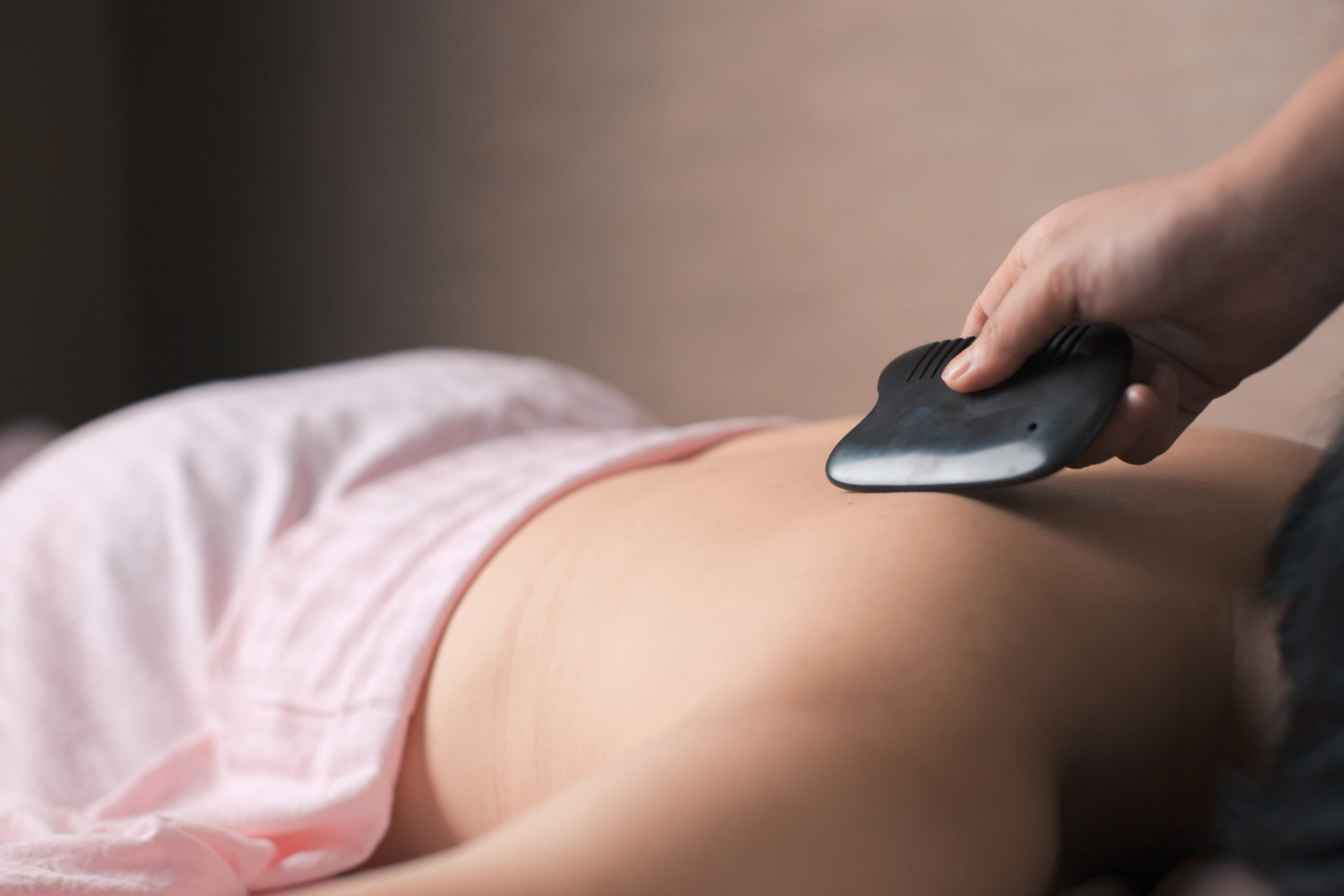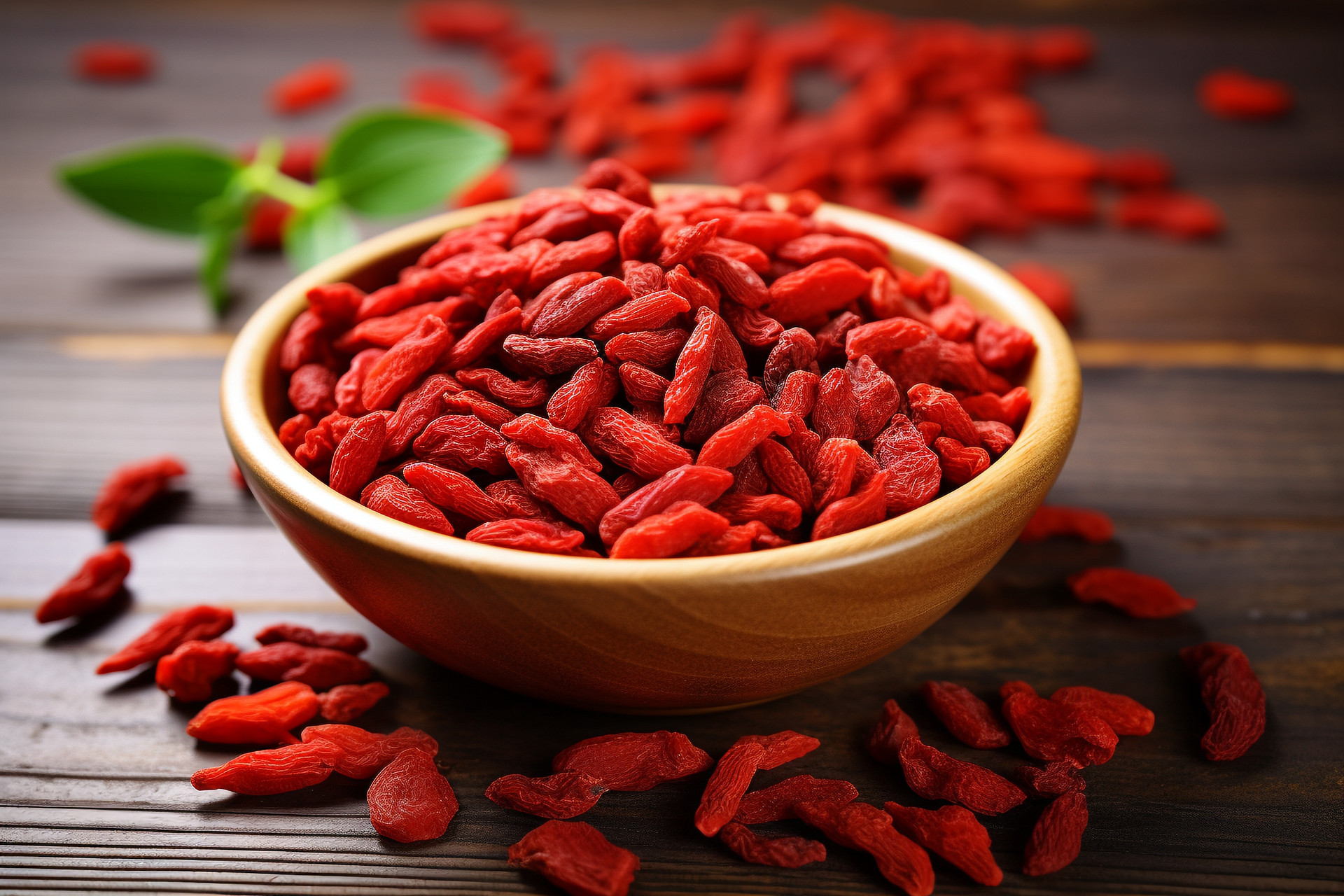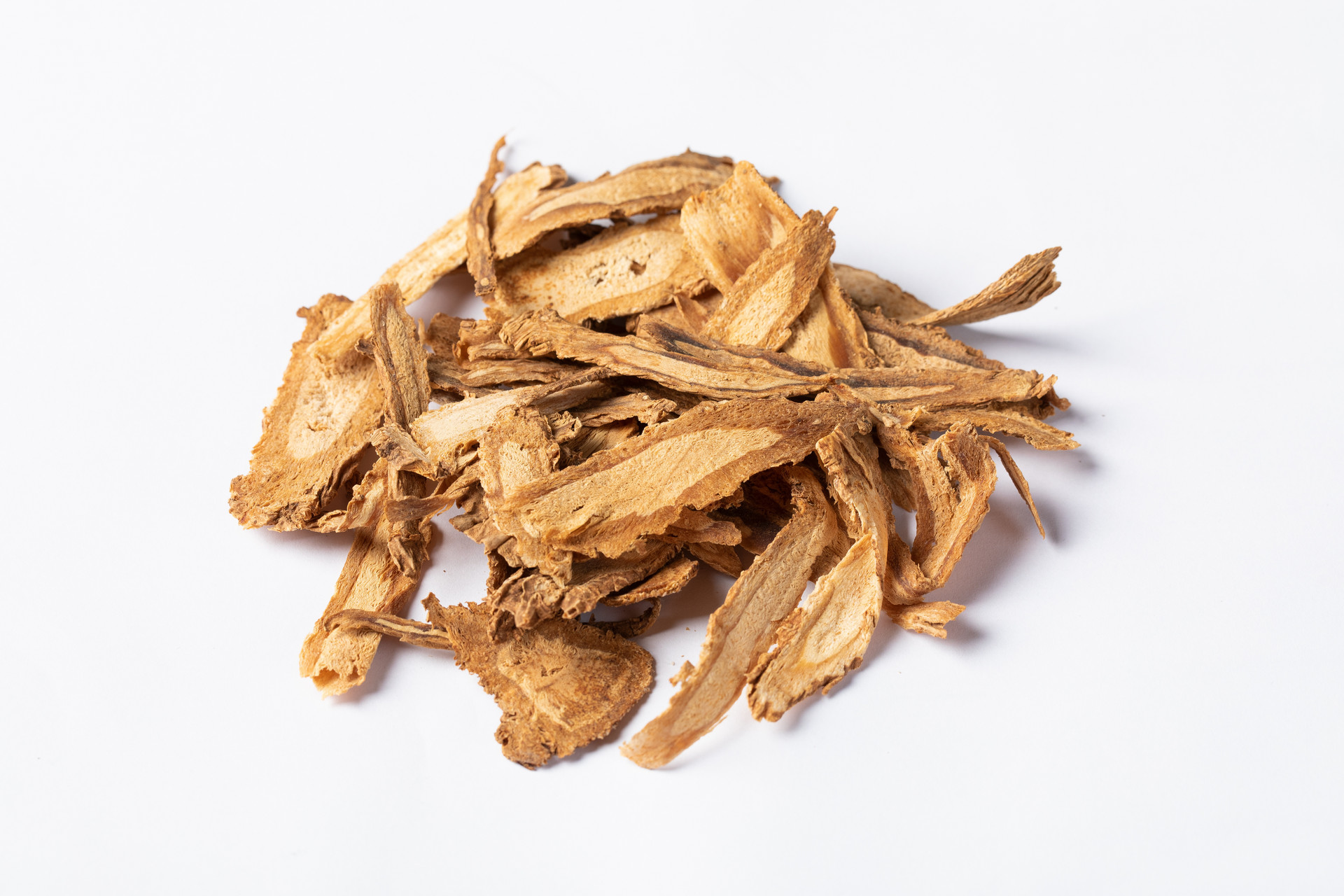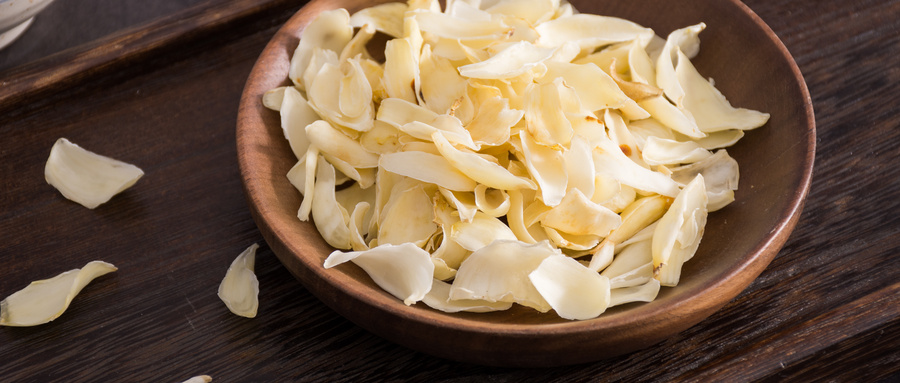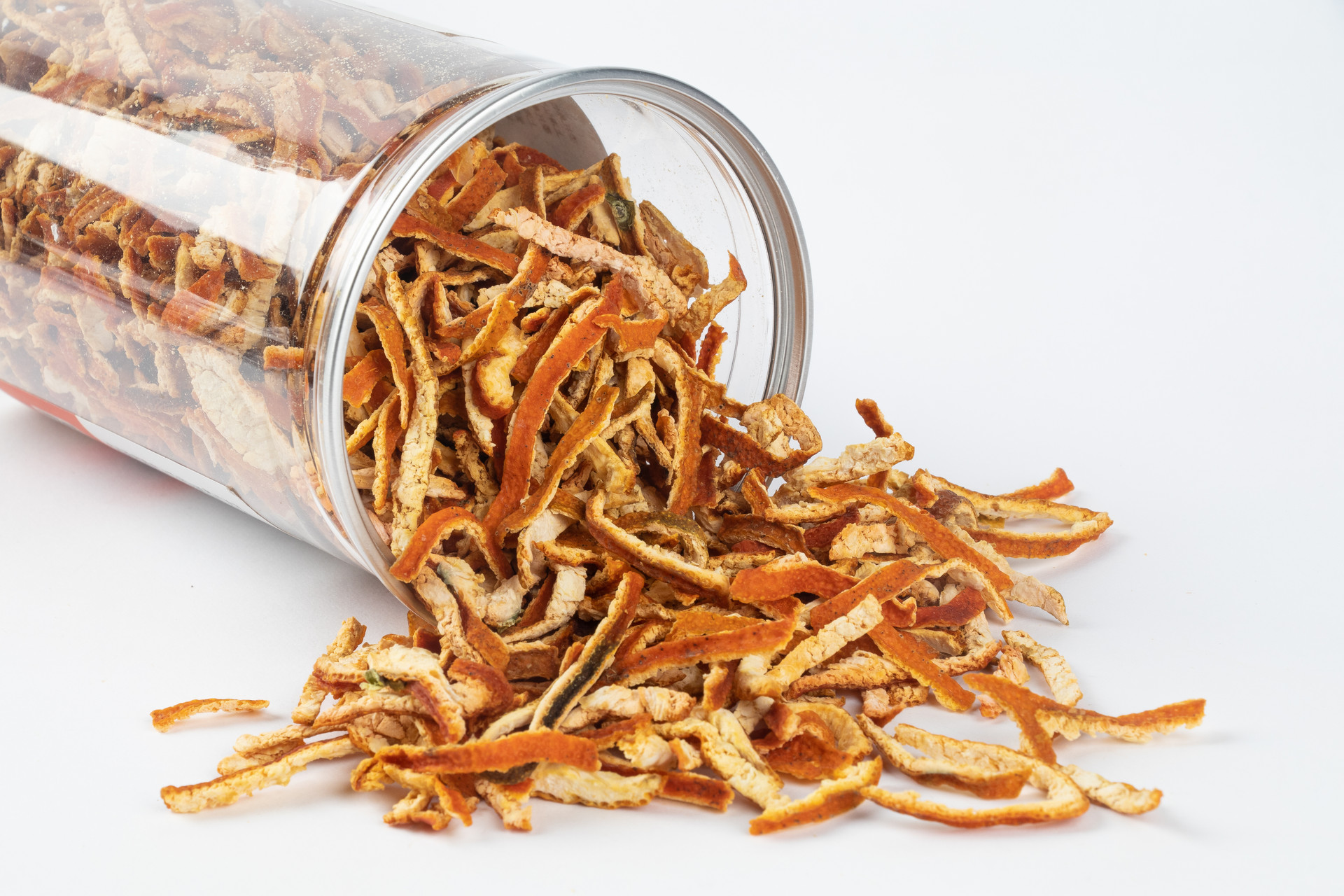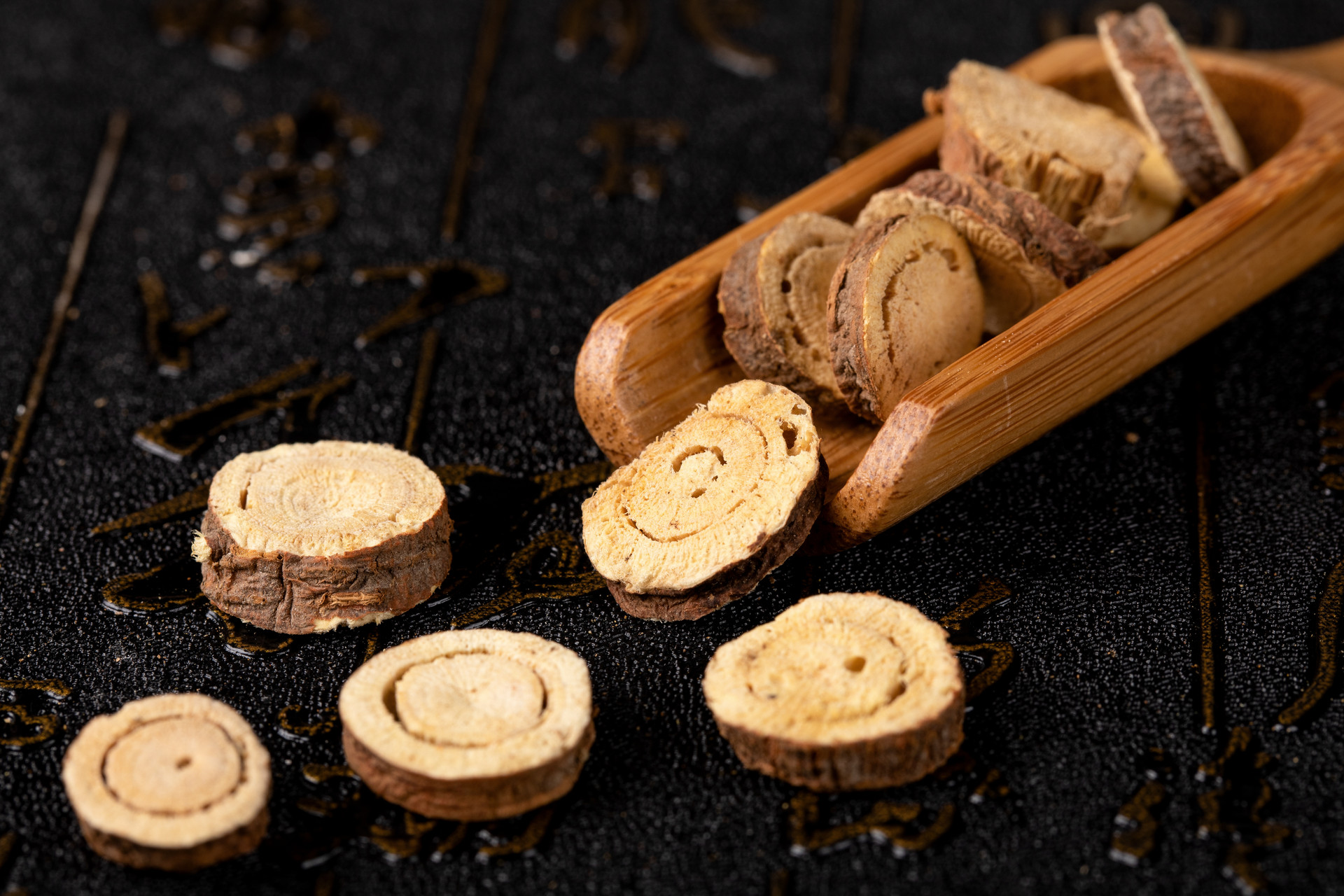
Dahuang, also known as the rhizome of Rheum palmatum, Rheum tanguticum, and Rheum officinale, is a plant of the Polygonaceae family. This plant is yellow in color and large in size, hence the name Dahuang. It was first mentioned in the "Shennong Bencao Jing" (Shennong's Herbal Classic). Li Gaoyun, one of the four great doctors of the Jin and Yuan Dynasties, said, "It can eliminate old impurities and bring about a new era, just like pacifying a pandemic and achieving peace. That's why it is called the general of herbs."
Dahuang is a collective term for several perennial herbaceous plants of the Rheum genus in the Polygonaceae family. The main medicinal origins of Dahuang are: ① Rheum palmatum, also known as Beidahuang, Kuileidahuang, and Tianshui Dahuang. It grows in high-altitude mountainous areas with moist soil slopes. It is mainly distributed in Gansu, Qinghai, Ningxia, Sichuan, Tibet, and other provinces and regions. ② Rheum officinale, also known as Nandahuang, mainly grows on mountain grass slopes with abundant sunlight and fertile soil. It is mainly distributed in Shaanxi, Hubei, Sichuan, Yunnan, and Guizhou provinces and regions. ③ Rheum tanguticum, also known as Jizhuadahuang, mostly grows in mountainous areas, under shrubs or in damp places near the edge of forests. It is mainly distributed in Gansu, Qinghai, Sichuan, and Tibet provinces and regions.
Dahuang has been highly regarded by medical experts throughout history and can be used to treat various diseases in different medical fields. Dahuang has a bitter taste and cold nature, and it enters the spleen, stomach, liver, pericardium, and large intestine meridians. It has various functions such as promoting the elimination of stagnation, cooling blood and detoxification, activating blood circulation and removing blood stasis, clearing heat and purging dampness, and benefiting the gallbladder and reducing jaundice. It is commonly used in the treatment of conditions such as heat retention constipation, abdominal pain due to stagnation, oral ulcers, damp-heat jaundice, intestinal abscess, blood stasis and amenorrhea, bruises and injuries, postpartum abdominal pain, scalds, boils and carbuncles, and other ailments. Modern pharmacological research has shown that Rheum officinale mainly contains anthraquinone derivatives and free anthraquinones, which have a broad-spectrum and powerful antibacterial and antiviral effects.
The clinical application of Dahuang requires processing. Depending on the specific medicinal needs, different processing methods and auxiliary materials can produce significantly different effects. The following is a brief introduction to the processing and application of Dahuang:
Sheng Dahuang refers to the fresh rhizome of Dahuang that has been washed and sliced and then dried for medicinal use. Sheng Dahuang has the functions of promoting the elimination of stagnation, cooling blood and detoxification, and activating blood circulation and removing blood stasis. It can be used for conditions such as gastrointestinal heat retention and stagnation, excessive heat in the heart and spleen, oral ulcers, and constipation. According to the "Bencao Jing Shu" (Commentary on the Herbal Classic), it is stated, "The Classic says, when there is excess, it should be purged. Dahuang has a strong bitter and cold taste, and its nature is straight and direct. It is good at promoting bowel movement and is therefore used for purging typhoid fever, warm diseases, hot diseases, damp-heat, heat retention in the middle and lower burners, and obstruction of the middle and lower burners by damp-heat and phlegm. It has the extraordinary ability to expel evil and restore order." Zhongjing (a famous ancient Chinese physician) used this herb to prepare the San Cheng Qi Tang, which includes Zhishi, Houpo, Mangxiao, and Zhi Gancao, to purge yangming heat retention; Wumudanpi, Taoren, Dongguazi, and Mangxiao to treat intestinal abscess; and Xuan Shen, Maidong, and Shengdi to enhance the water-carrying ability.
Shu Dahuang refers to the dried rhizome of Dahuang that has been mixed with yellow rice wine, placed in a suitable container, sealed, heated in a water bath, or steamed until the wine is absorbed and the Dahuang turns black-brown both inside and outside. It is then dried for medicinal use. For every 100 catties (50 kg) of fresh Dahuang slices, 15 catties (7.5 kg) of yellow rice wine are used. Shu Dahuang has a milder laxative effect and enhances its ability to activate blood circulation and remove blood stasis. It can alleviate abdominal pain during laxative treatment and is suitable for elderly patients with weakness and pathogenic factors.
Jiu Dahuang, also known as Jiujun, refers to the fresh Dahuang slices mixed with yellow rice wine until they are thoroughly soaked, then slightly steamed, and finally dried for medicinal use. For every 50 catties (25 kg) of Dahuang slices, 5 catties (2.5 kg) of yellow rice wine is used. Li Shizhen said, "Alcohol is a pure yang toxic substance," "very hot," and "it has the same nature as fire." The "Tangye Bencao" states, "...by using alcohol to extract it, it can reach the highest peak, and with boats and paddles, it can float in the chest. With its bitter and purgative nature, it can reach the lower part. Bitter substances are located at the peak, where human beings cannot reach, so they must be shot to obtain them." For upper conditions, alcohol is necessary. Jiu Dahuang can be used to treat conditions such as red eyes, mouth ulcers, toothache, headaches, and sore throat caused by heat and inflammation. It is also used to treat conditions such as hematemesis and epistaxis caused by blood heat and uncontrolled blood circulation.
Cu Dahuang, also known as Cujiu, refers to the fresh Dahuang slices mixed with rice vinegar until they are thoroughly soaked, then steamed on low heat, and finally dried for medicinal use. According to the "Bencao Jing Shu," "...sourness governs the liver, and the liver governs the blood. When the blood flows in the opposite direction due to heat obstruction, pain and swelling occur. Sourness can constrict heat obstruction and warmth can promote the flow of blood against the opposite direction. Therefore, it is good at resolving abscesses and swelling. It is also used to treat postpartum blood stasis and masses. This is the meaning behind it." Cu Dahuang enters the liver meridian, promotes the elimination of liver blood heat, and can be used for conditions such as internal injuries caused by emotional stress, liver depression transforming into heat, or heat evils burning and torturing yin blood. It can also be used for clearing the obstruction of the Chong and Ren meridians, promoting blood circulation, and eliminating stasis. If there is postpartum blood stasis stagnation, poor blood circulation, distension and pain in the lower abdomen, restlessness and fever, constipation, and short red urine, Cu Dahuang can also be used to break through the stagnation, expel heat, and relieve pain.
Dahuang charcoal refers to the Dahuang slices that have been placed in a pot and stir-fried over high heat until the surface turns charred black and the inside turns brownish-yellow. After spraying with clean water, it is taken out and dried for medicinal use. Dahuang charcoal has a weak laxative effect, but it has strong adsorption and astringent properties, making it effective for hemostasis and stopping diarrhea. It is commonly used in the treatment of conditions such as metrorrhagia, hematemesis, epistaxis, bloody stools, and external bleeding.
Depending on clinical needs, there are more processing methods for Dahuang, such as stir-frying, stewing, salt processing, honey-frying, wine-honey frying (the finished product is called "Qingning Pian"), and juice processing. Previous experts have had rich experience in the clinical application and processing of Dahuang. These different processing methods have expanded the clinical application of Dahuang in various medical fields and improved its efficacy.



